Aurélie Bertaux
CEVH, Lsiit
Combining Machine Learning and Ontology: A Systematic Literature Review
Jan 15, 2024Abstract:Motivated by the desire to explore the process of combining inductive and deductive reasoning, we conducted a systematic literature review of articles that investigate the integration of machine learning and ontologies. The objective was to identify diverse techniques that incorporate both inductive reasoning (performed by machine learning) and deductive reasoning (performed by ontologies) into artificial intelligence systems. Our review, which included the analysis of 128 studies, allowed us to identify three main categories of hybridization between machine learning and ontologies: learning-enhanced ontologies, semantic data mining, and learning and reasoning systems. We provide a comprehensive examination of all these categories, emphasizing the various machine learning algorithms utilized in the studies. Furthermore, we compared our classification with similar recent work in the field of hybrid AI and neuro-symbolic approaches.
A complete formalized knowledge representation model for advanced digital forensics timeline analysis
Feb 21, 2019
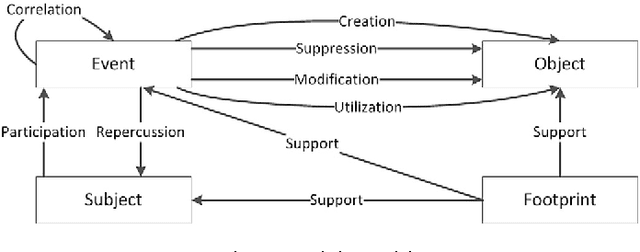
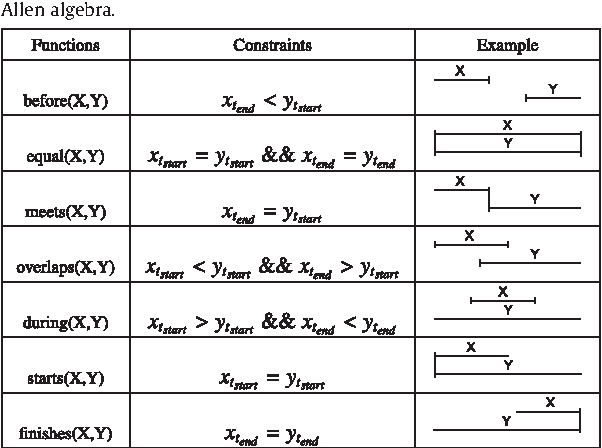
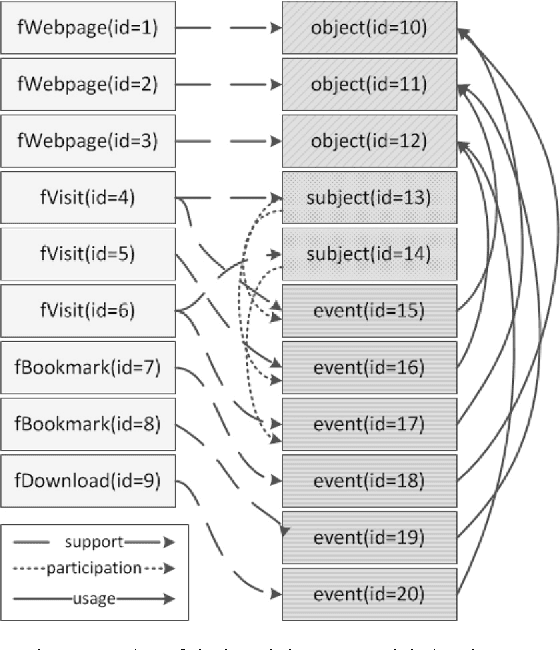
Abstract:Having a clear view of events that occurred over time is a difficult objective to achieve in digital investigations (DI). Event reconstruction, which allows investigators to understand the timeline of a crime, is one of the most important step of a DI process. This complex task requires exploration of a large amount of events due to the pervasiveness of new technologies nowadays. Any evidence produced at the end of the investigative process must also meet the requirements of the courts, such as reproducibility, verifiability, validation, etc. For this purpose, we propose a new methodology, supported by theoretical concepts, that can assist investigators through the whole process including the construction and the interpretation of the events describing the case. The proposed approach is based on a model which integrates knowledge of experts from the fields of digital forensics and software development to allow a semantically rich representation of events related to the incident. The main purpose of this model is to allow the analysis of these events in an automatic and efficient way. This paper describes the approach and then focuses on the main conceptual and formal aspects: a formal incident modelization and operators for timeline reconstruction and analysis.
Mining Complex Hydrobiological Data with Galois Lattices
Nov 06, 2008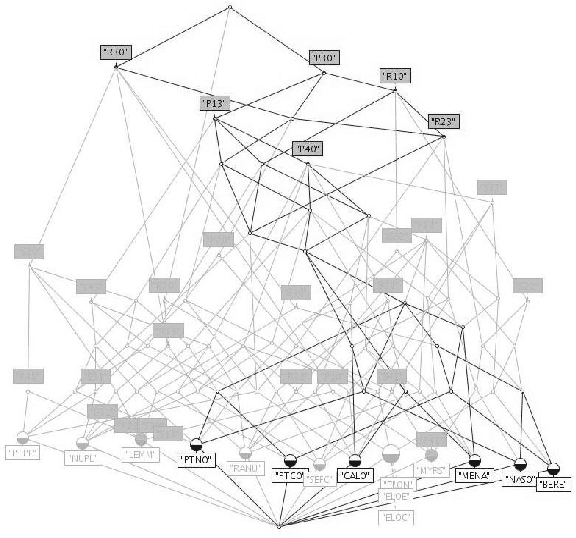
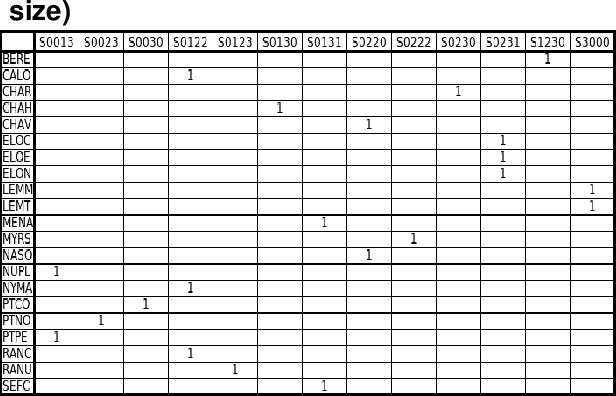
Abstract:We have used Galois lattices for mining hydrobiological data. These data are about macrophytes, that are macroscopic plants living in water bodies. These plants are characterized by several biological traits, that own several modalities. Our aim is to cluster the plants according to their common traits and modalities and to find out the relations between traits. Galois lattices are efficient methods for such an aim, but apply on binary data. In this article, we detail a few approaches we used to transform complex hydrobiological data into binary data and compare the first results obtained thanks to Galois lattices.
 Add to Chrome
Add to Chrome Add to Firefox
Add to Firefox Add to Edge
Add to Edge